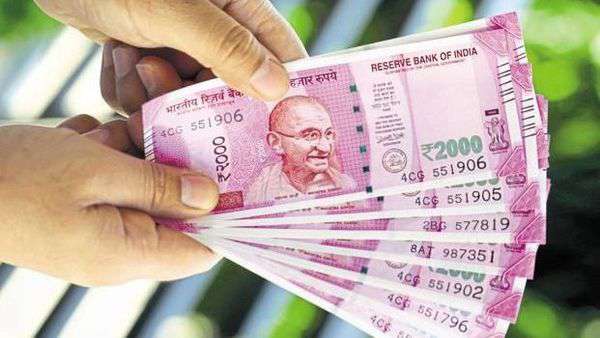 26-12-2019
26-12-2019
Why Bharat Bond ETF is alarming life insurers

 Insurance Alertss
Insurance AlertssWhy Bharat Bond ETF is alarming life insurers
The success of the Bharat Bond issue where PSU bonds were sold through an exchange-traded fund (ETFs are mutual funds that mimic an index and list on the stock exchange) and the use of ETFs earlier for equity disinvestment of public sector firms has rung alarm bells in the plush offices of the life insurance industry. To see how they are connected, we will have to use a wide-angle lens and watch from 30,000 feet. The story is about who gets to be the pipe that connects savings to investments, and shaves off a few basis points to a few percentage points of costs, as it does so. Households and firms generate savings, which becomes the raw material for firms for their investments, that they use to start a new business or expand an existing one. Firms will either borrow or sell their equity to get the funds. Banks, insurance firms, mutual funds and pension funds are the pipes that connect savers to users (both borrowers and equity sellers).
However, in India, the biggest borrower is the government. It borrows to meet the excess of its spending over the tax revenue it gathers, also called the deficit. The government borrows through its banker-the Reserve Bank of India-who sells government securities (G-secs) to banks, mutual funds, insurance and pension firms. The government-run small savings schemes-the Public Provident Fund, the National Savings Certificate, the Senior Citizen Savings Scheme and others-too buy these G-secs. Now to ensure that the government has the money it wants to borrow, it has put in place various investment rules in banks, insurance firms, pension funds and small savings schemes. For example, under the statutory liquidity requirement, banks need to keep 18.50% of their deposits in G-secs (among other approved securities and gold). Life insurance products such as endowment and money-back policies need to keep at least 25% of their funds in central G-secs. Mutual funds are one of the few financial products in India that do not have a G-sec purchase threshold. There are G-sec funds of course, but there are no guns against their heads to stuff a large-cap fund with G-secs or equity of PSUs. In an aside, the quick reform and the relative agility of the capital market regulator and industry could be a function of the industry having being outside the hands of the government. Mutual funds, as a retail vehicle for harvesting savings for the use of firms, have seen two decades of reform that have made the industry low-cost, more transparent, and more investor-centric with much focus on getting the product structure right. These reforms have worked and the assets under management (AUM) as on 31 March 2019 that were almost at ₹24 trillion are now not that far behind the life insurance AUM of just over ₹35 trillion.
Once the thickest pipe that connected households to G-secs, the life insurance industry has struggled against reforming the product structure into being more transparent. It has also not aligned costs so that the agents and other sellers are incentivized to stop mis-selling. More than half the 15-20-year policies sold in a year die after five years due to this mis-selling causing household savings to evaporate into the pockets of the sellers and the insurance firms. One of the reasons for a recalcitrant industry has been the regulatory thought. One past regulator told a closed-door meeting of life insurance CEOs-till we are buying G-secs, do not worry, carry on doing what you are doing.
As the government looks at alternatives to banks and insurance firms, and at mutual funds, to buy its stocks and bonds, the life insurance industry is beginning to worry. Banks, since they are a key part of the payments pipeline, don't have these worries yet. But life insurance, which has converted an 8% G-sec into 3-4% investor returns, has been a very high-cost, low-return investment option for the households. The use of ETFs to sell PSU stocks has not been spectacularly successful, more due to product design flaws where a retail discount was used by the high net-worth investors to churn their money, but the potential to get this right remains. It is the success of the Bharat Bond ETF that gathered money 1.7 times the issue size, the excellent product structure by Edelweiss Mutual Fund (read more), the wafer-thin costs and the buzz created that is showing the government another way to borrow the money it needs. Nothing will stop a closed-end G-sec plus triple-A corporate bond ETF with various maturities to come to the market in the near future. I had written about such a product-a Pradhan Mantri Bachat Yojna-some time back (read here).
With the government not dependent on insurance firms to buy its bonds, the industry can see the writing on the wall. Its stubborn insistence on being in the 1970s mindset at a time when finance is going fintech will be the reason for a push for change from the outside. If this process had begun a decade ago, as it had in the mutual fund industry, the story would have played out very differently. The industry underestimated the need of the Indian investor for a low-risk, guaranteed-return product whose only ask was: don't cheat us and lie to us on what we are buying. The next few years will show investor preferences even more clearly.
Source: Live Mint
